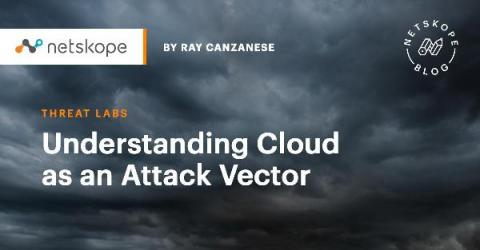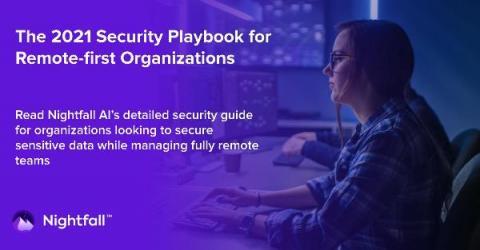4 Key Cybersecurity Trends Confronting Canada's Electric Sector
Digital attackers are increasingly targeting energy organizations including those that support national electric grids. As reported by Morning Consult, security researchers found that utilities worldwide had suffered a recorded 1,780 distributed denial-of-service (DDoS) attacks between June 15 and August 21, 2020. That’s a 595% year-over-year increase.










